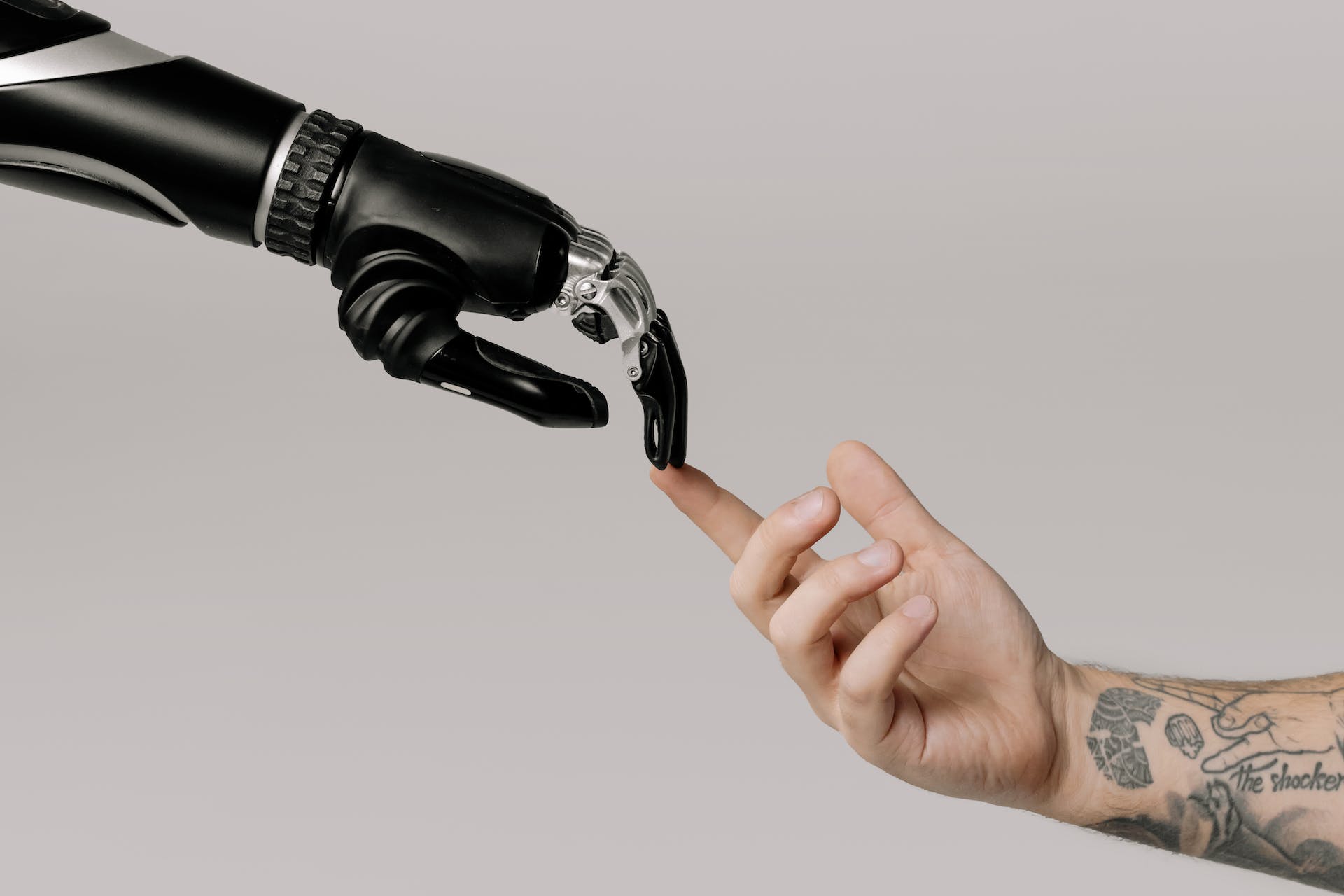

Artificial intelligence was a trending conversation topic in 2023 and will continue to be prevalent in 2024 and the years following. The evolving technology has continued to create more opportunities to change how we work and organize our lives. The tool has made a home in many households, from automation to routines.
Not only is it useful on an individual level, but businesses have found great potential for AI as well. Several platforms utilize AI to analyze data, create efficiencies, and solve problems. It’s a tool that’s accessible to most people too, as it’s become a common feature in smartphone applications.
AI seems futuristic, but in reality, it’s something you already use regularly. It may be challenging to even picture life without some of this technology. By exploring the list below, you’ll find that there are many areas where AI is used today in your life. These examples will help you reflect on its use and how to use the technology.
1. Automated Reminders
Automatic reminders are an AI feature that has created a wealth of convenience for many. In your work and home life, some tasks are repeated regularly or semi-regularly. It’s not difficult to create reminders for yourself, but if you have a busy schedule, it becomes tasking to remember. AI allows platforms to make these tasks continuous throughout time and rids the brainwork involved in creating the reminders yourself.
Using more advanced tools, like a calendar app, you can utilize artificial intelligence to create even more complex automation. Platforms like Calendar or Microsoft Calendars can provide recommendations for your schedule and plan meetings for you. Some even let you set reminders based on weather, like a notification to water the plants when it’s not rainy. Artificial intelligence is handy in that it can provide these ideas for you, so you’re not doing the problem-solving yourself.
2. Smart Home Integrations
Smart plugs and lights are some of the more common ways AI has been brought into households. These products come with their own apps so users can connect them to wifi and create automation. Most smart apps allow you to set up automations related to time, weather, location, and much more. These features help consumers save time and create personalized routines in their homes. For instance, if you don’t like coming home from work to a dark house, you can set up an automation that turns on the light at sunset. This type of small action creates convenience and may ease some anxiety.
Smart thermostats are another device that incorporates AI and has helped households monitor their energy usage. A simple example of utilization is basing your home thermostat temps on your location. Your smart thermostat can detect when your phone leaves the house and adjust to energy-saving levels. The feature is helpful for when you leave for vacation or other long periods. These aspects help you create a home environment that suits your behaviors and preferences.
3. Enhanced Writing
AI helps applications like Microsoft Word or Google Docs find and fix spelling errors and count words and characters. There are other platforms like Grammarly that do even more to analyze your writing and provide feedback. In addition to catching spelling and grammar errors, Grammarly also recommends ways to improve the flow and clarity of your writing. These are simple features, but they are beneficial in creating your own written pieces. They are especially helpful if English isn’t your first language or if you don’t have an editor around to help.
Email platforms have evolved in recent years as they can predict what you want to say and give suggestions when writing a sentence. Email and SMS providers are providing personalized response options, too, allowing users to respond with a single click. Additionally, tools like ChatGPT use AI to create wireframes and even write full paragraphs for you. Although there is still value to writing content yourself, this technology eases parts of the process and makes communication easier.
4. Smartphone Technology
Face ID recognition is another way artificial intelligence has become involved in everyday life. Upon phone set-up, users may opt-in to Face ID as a form of password protection. Smartphones will capture an image of your face and analyze it every time you try to unlock the device. This process incorporates AI to compare your current face to the initial image you took when setting up your facial ID. This type of passcode is more personalized to the phone owner and may be more challenging for a hacker to crack.
Smartphones have also introduced virtual assistants to the daily lives of many, meaning that AI has been in people’s pockets for a long time. Features like Siri, Alexa, or Bixby will listen to your questions and provide solutions. Assistants are beneficial when you need to be hands-free, like driving or multitasking. They can also set up automation and reminders for you. Virtual assistants have since expanded past smartphone use and are in several devices like computers, speakers, and TVs.
5. Online Search Algorithms
Personalized search results can be hard not to notice. Most internet users can recall a time when they saw an ad on Google related to a recent conversation or experience. This technology uses AI to monitor your interests, locations, and engagements and prioritizes ads related to those areas. Facebook and Instagram have similar strategies for ad services, making the entire social media experience personalized to each user.
Web platforms like Netflix and Amazon have their own ways of integrating artificial intelligence too. Netflix’s AI monitors what titles you watch on the platform and will make recommendations based on your watch history. It will also track what titles you hover on and change the media thumbnails based on what you have interacted with in the past. Amazon has its own algorithm that provides product suggestions based on your purchase history. Although this technology may seem invasive at times, it’s all geared toward creating a better consumer experience and limiting the time it takes for you to search.
6. Smart Vehicles
Vehicles have already become “smarter” by integrating virtual assistants and smartphone apps. Back-up cameras and lane detection specifically have influenced the safety of drivers while on the road. However, more plans are being developed to improve the driving experience. Engineers are currently developing self-driving vehicles that remove the responsibility of manual driving, including steering, starting, and stopping. The technology is still in development, but it’s continuing to be introduced and tested for full-time use by consumers.
Furthermore, AI has begun eliminating the need for delivery trucks and drivers altogether through drone deliveries. Brands like Amazon and Walmart have begun drone delivery efforts in recent years with success. In this process, the artificial intelligence monitors traffic, weather, and package weight to determine the appropriate times and routes for delivery. Drone delivery cuts down on shipping times, is better for the environment, and may even increase employee safety during stormy weather.
Make Your Life Smarter
The phrase “work smarter, not harder” accurately describes how AI is utilized today. There are areas of this technology still in development, but it has already improved daily lives in its current state. Businesses have made it easy for anyone to use artificial intelligence using the right platforms or products. Introduce these tools into your daily life, giving you more time for essential tasks.
Featured Image Credit: Cottonbro Studio; Pexels











Howie Jones
My name is Howie and I'm a Customer Success Manager at Calendar. I like to ensure our customers get the best experience using our product. If you have questions email me howie at calendar.com